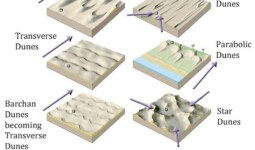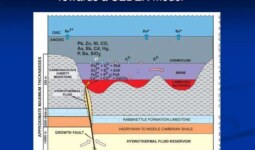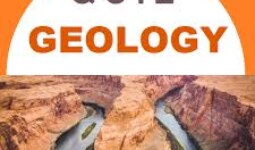When we think about tunneling, we often picture massive machines and skilled laborers hard at work underground. While these elements are undoubtedly essential, there’s an unsung hero behind every successful tunneling project: the geologist. In this article, we’ll explore the pivotal role of geologists in tunneling, the challenges they face, and the ingenious solutions they employ to ensure these subterranean endeavors thrive.
Introduction:
Tunneling projects, whether for transportation, utilities, or infrastructure, are complex endeavors that demand meticulous planning and execution. Yet, beneath the surface lies a dynamic and unpredictable geological world. This is where geologists step in, applying their expertise to guide these ambitious projects to success.
The Geologist’s Contribution to Tunneling:
Geologists play a multifaceted role in tunneling:
Site Assessment and Investigation: Geologists conduct extensive surveys to understand the geological makeup of the area where the tunnel will be constructed. This involves studying rock types, soil conditions, fault lines, and groundwater levels.
Geological Mapping:Through careful mapping, geologists provide crucial information to engineers and designers. This data aids in selecting the best tunneling methods, support systems, and routes to minimize geological risks.
Predicting Ground Conditions: Geologists use their knowledge and data to forecast ground conditions that tunneling teams will encounter. This foresight is essential for planning and adapting construction techniques.
Risk Mitigation: Geologists collaborate with engineers to develop strategies for mitigating geological risks. These strategies can include ground stabilization measures, dewatering techniques, and contingency plans for unexpected geological challenges.
Challenges Faced by Geologists:
1. Geological Variability:
– Geological formations can change abruptly, leading to variations in rock hardness, soil composition, and water content. This variability affects excavation and support system design.
2. Water Intrusion:
– Uncontrolled groundwater ingress can flood tunnels, erode support structures, and halt progress. Managing water is a constant concern.
3. Fault Zones:
– Tunnels that traverse fault lines face instability issues, requiring precise engineering solutions to prevent ground movement and damage.
4. Unforeseen Underground Cavities:
– Hidden voids or caverns can pose threats to tunnel integrity, and their presence is often not revealed until construction is underway.
Ingenious Solutions: How Geologists Tackle Challenges:
Geologists employ a range of strategies to address these challenges:
Site Investigation: Comprehensive surveys, drilling, and geophysical studies help gather critical data about the site’s geological conditions.
Mapping Technologies: Advanced technologies like LiDAR, ground-penetrating radar, and 3D modeling enhance geological mapping accuracy.
Real-Time Monitoring: Continuous monitoring of ground conditions during construction enables geologists to respond swiftly to unforeseen issues.
Innovative Engineering: Collaborating with engineers, geologists devise tailored solutions such as grouting for fault zones or drainage systems for groundwater control.
Case Studies: Geologists in Action:
The Channel Tunnel: Geologists played a pivotal role in navigating complex geological conditions during the construction of the Channel Tunnel, connecting the UK and France.
Seattle’s Alaskan Way Viaduct Replacement Tunnel: Geologists monitored ground conditions in real-time, allowing for adaptive strategies to address sinkholes during construction.
Conclusion:
In the world of tunneling, geologists are the guiding stars, illuminating the path through geological uncertainties. Their expertise, coupled with innovative solutions, ensures that tunneling projects progress safely and efficiently, even when faced with the most challenging geological conditions.
As we journey into a future marked by ambitious infrastructure projects, one thing remains certain: geologists will continue to be indispensable in the success of tunneling endeavors, making the impossible beneath our feet possible.




Leave a comment